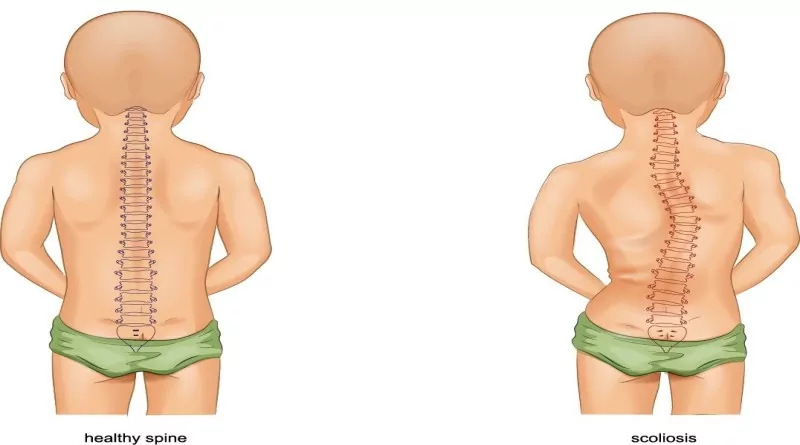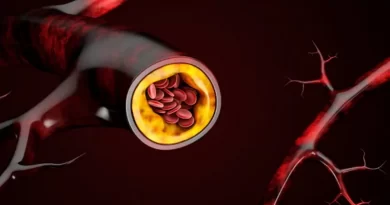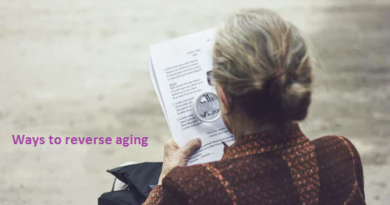Postural Deformities: Scoliosis Symptoms Causes And Treatment
Table of Contents
Overview
Postural deformities arise as a consequence of bad sitting or sleeping habits. Or either can be a genetic outcome, like if some of your family members have had any posture deformities. But many of you may have some misconception about a good posture. Though it can be maintained and improved.
What Does It Mean By A Good Posture?
A good posture is not always about sitting or standing straight up so you can look confident and good. Posture is the overall balancing of one’s body. A good posture should have long-term health benefits. Posture can be further defined as holding your body whether you are working or still, so as to prevent yourself from injury and other health problems.
Posture is the attitude of the body during the carrying of muscles and collaborating action of the body performed by the muscles to maintain the body’s stability.
There are mainly two types of postures:-
Dynamic posture:- this is a kind of posture you acquire during running, walking, bending to pick something. Your muscles have to work according to the changing movements.
Static posture:- this is a kind of posture when you do nothing and stay still while sitting, sleeping, or standing. This state is acquired by numerous muscles to counteract gravity and other forces to align the body in fixed positions.
What Are Postural Deformities?
A bad posture or deformed posture is when your spine is aligned in an unnatural way and consequently the muscles, joints, and curves have to bear stressful positions.
Also, the painful condition of the body can be an indication of bad posture. It has been shown in the studies that back pain, neck pain, and shoulder and arm pain have become worldwide issues and are often reported as signs of posture deformity.
Few common examples of posture deformities are knock knees, flat feet, bow legs, scoliosis.
You may have come across such persons who have such issues from birth or either they might have acquired them throughout their lives. How would you recognize the bad posture in someone or in yourself?
Symptoms
Here are the common visible signs you can notice easily:-
- Rounded shoulder.
- Slouching.
- Back pain.
- Muscle tiredness.
- Knees bent while sitting or standing.
- Often headache.
- Body aches.
- Head either lean forward or backward.
These are some common signs of a bad posture. But the signs vary with the types of postural deformities.
Now let come up with the reasons or causes for so. As we know that the sitting jobs and some lack of physical activity result in body aches and some medical conditions also help in inviting the bad posture.
Causes
There are some known causes for the postural deformities:-
- Lack of awareness about an appropriate posture.
- A long sitting routine.
- The weakness of muscles.
- Low fitness.
- Joint stiffness.
- Uncomfortable workplace.
- Genetic dysfunction.
- Low self-esteem.
Scoliosis
Scoliosis is the postural deformity related to spinal curves. It is one of the commonest examples of posture deformities among the spinal curvature deviations which affect the natural posture. If we talk about a healthy spine then, it consists of vertebrates that are assembled one on top of the other beginning with the support of the skull with the cervical spine and moving down through the thoracic spine to the lumbar spine, coccyx, and sacrum.
Each vertebra is properly aligned to the top and bottom vertebra by an intervertebral disc and the involvement of a system of ligaments. But sometimes the vertebra starts to shift away from its position of alignment.
What Happens In Scoliosis?
Scoliosis is often thought to be a lateral or sideward curvature of the spine. Although scoliosis often has a reasonable deformity too, which means that the curvature of the spine may change from anterior to posterior, and also from side to side.
As the curvature also affects the adjacent articulation also, the hips and shoulders of athletes may look offline.
The ribs may be affected by the untypical curvature in the thoracic spine. The rib cage may shift more anteriorly than the other side.
Going down the spine, the hips and pelvis may be affected by a sideward curvature of the spine. Though it may be caused due by the difference in length of legs, a condition called discrepancy(one leg longer than the other).
Also read: types of scoliosis| causes| prevention
Depending on the types of scoliosis, the symptoms and diagnosis differ and the treatment also comes up with a variety.
Diagnosis
Scoliosis is diagnosed by thorough evaluation and investigation of the spine from behind. Hence, the observation and examination are the major factors for an individual to know whether his spine is unnaturally aligned or deviated. A physician checks the spinous processes of the lumbar and thoracic vertebra forward with the specific bony landmarks consisting of the various points on the scapula and the landmarks of the dorsal superior iliac spines.
Although the visual investigation is not enough for the proper treatment and a clinical investigation is needed for so.
Scoliosis is investigated by some common physical examinations such as x- rays, CT scans, spinal radiography, or MRI. any changes in curves are observed by the cobb method and diagnosed with the severity of the number of degrees.
In general, if a curve is diagnosed with more than 25 to 30 degrees then, considered significant, but if exceeding 45 to 50, it becomes a severe case and immediate action is required. In such conditions aggressive treatments are done like surgery.
Treatment
Once an individual is diagnosed with scoliosis, he can go through numerous treatments to align the spine correctly. Before jumping to the processes of treatment of scoliosis, certain factors are there which are considered important factors before implying the treatment or surgery.
- Spinal maturity:- Is the spine of the patient still growing?
- Degree of curvature:- what is the number of degrees of the spine curvature and how severe is it to treat?
- Curve location:- according to many experts the thoracic curves are more vulnerable to progress than curves in other regions.
- Curve progression possibility:- individuals who have large curves in the pre-adolescence phase are more likely to acquire curve progression.
After considering these factors, the final type of treatment is decided and final outcomes are in line with the following possible treatments:-
Observation
In many children, slight changes can be seen which may not require any treatment. In case if the doctor is concerned that the patient’s curve may increase in further years, the child will be taken under observation every 4 to 6 months, throughout maturity.
Usually, the x-ray is performed to get details of the spine, unless it doesn’t exaggerate.
Bracing
Braces are an effective method to prevent any further growth in the curves. Usually recommended to the patients who have not reached the worst skeletal maturity yet. The progression degrees between 25-40 are required to wear the braces. Depending on the patient’s comfort, there are various designs of braces. It has been found that if the braces are worn about 16-23 hours daily, it eventually stops the further growth in 80% of children having scoliosis.
Surgery
Surgery is recommended when the progression degree of the curve exceeds 40-45 degrees and two goals are there for the children. The first is to stop the curve progression throughout adolescence and the second to diminish the deformity.
Generally, with two approaches surgery is done, anterior approach(through the front) and posterior approach (through the back) depending on the specialties of the deformities.
Conclusion
Posture is the main feature of our appearance and is considered a sign of confidence and maturity. But what happens when some differences start to occur in spine curves and affect our body stability while sitting, standing, or running. There can be plenty of causes for this, which include poor sitting or standing habits, lack of awareness, low self-esteem vary from person to person. Scoliosis is one of the postural deformities. Diagnosis is done by observation and physical examination such as x-ray, and when the condition is exaggerated an immediate action needs to be taken. Observation, bracing and the surgery are main treatments that are recommended when curves go beyond 45 degrees.



